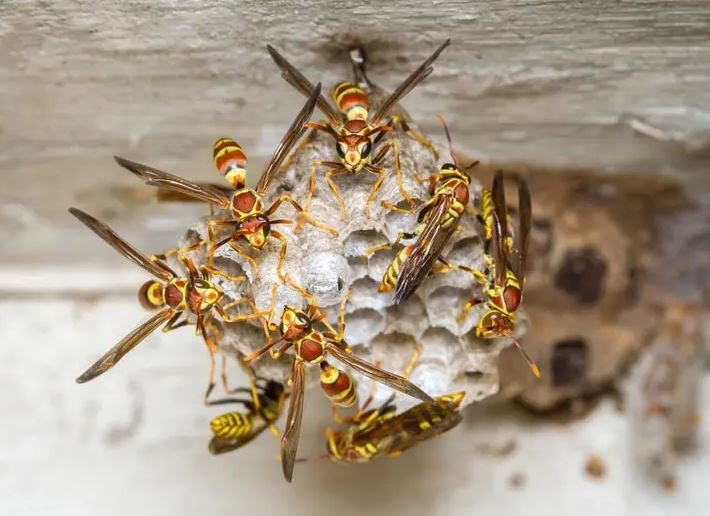Seasonal Wasp Prevention and Control
Wasp problems are often seasonal, with populations growing in the warmer months. Our services extend beyond just removal; we also offer seasonal wasp prevention and control. We can inspect your property for potential nesting sites and apply treatments to prevent wasps from building nests in the first place. This proactive approach is an excellent way to protect your home or business and avoid the stress of a future infestation.


